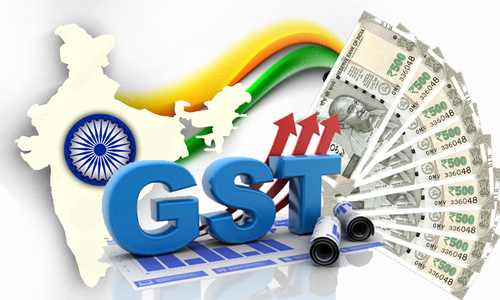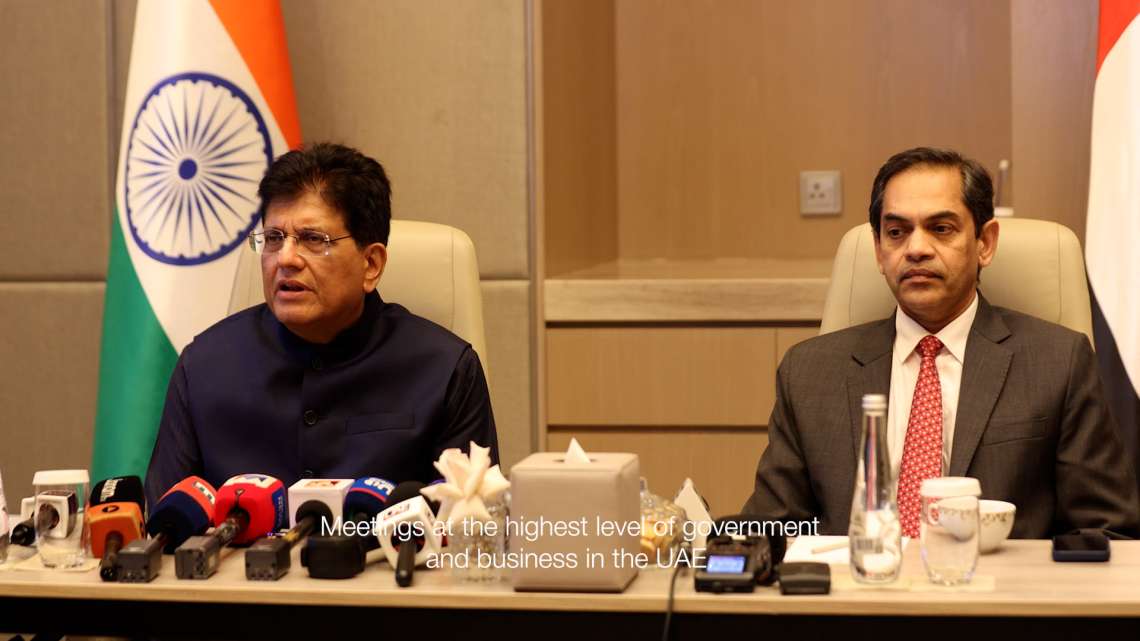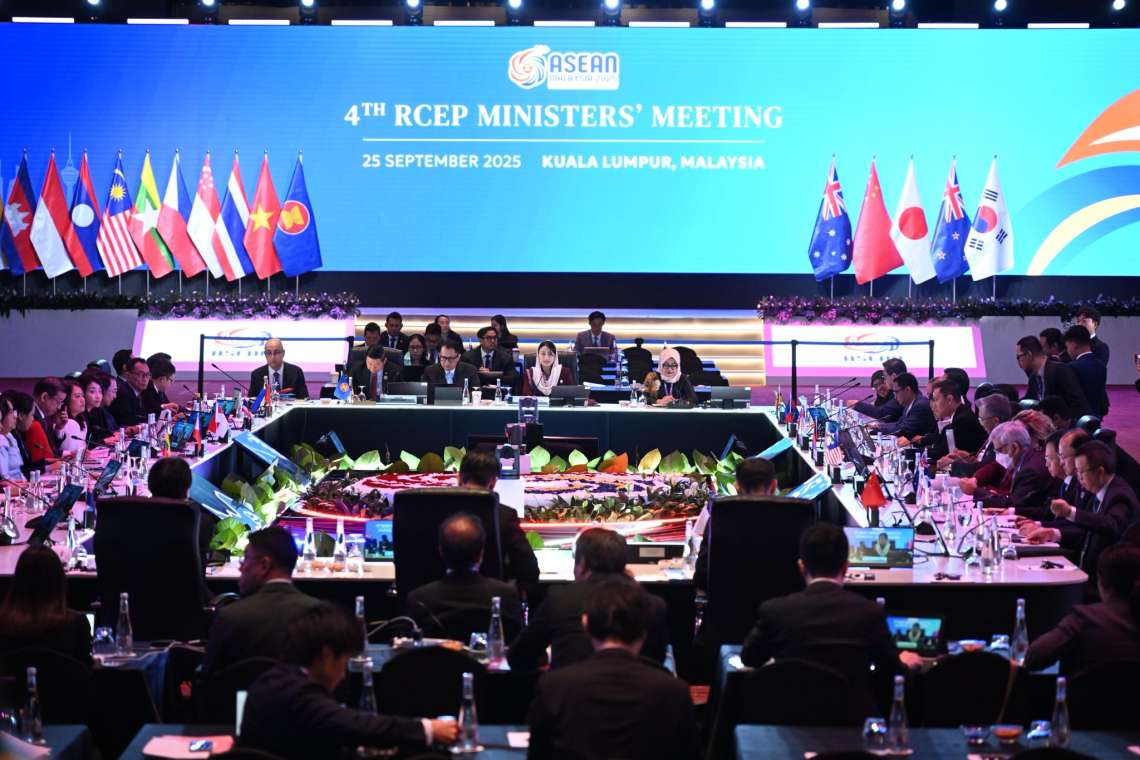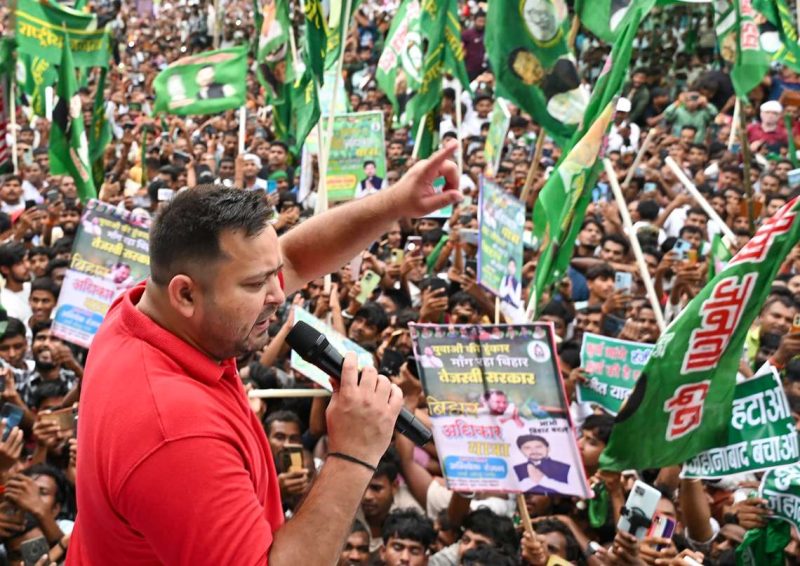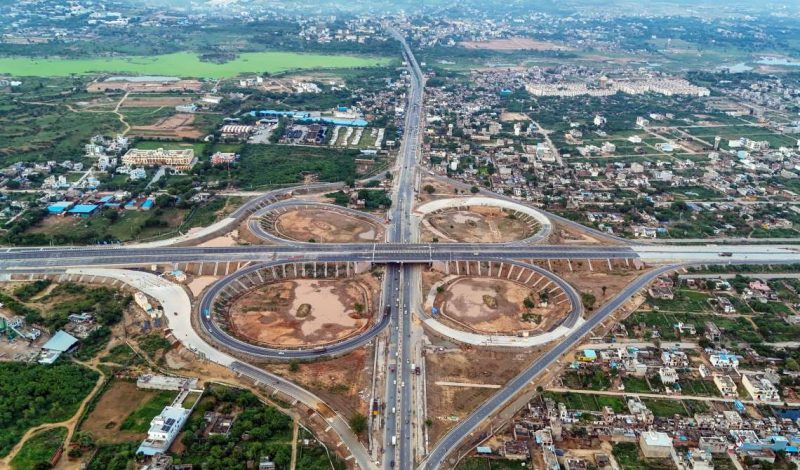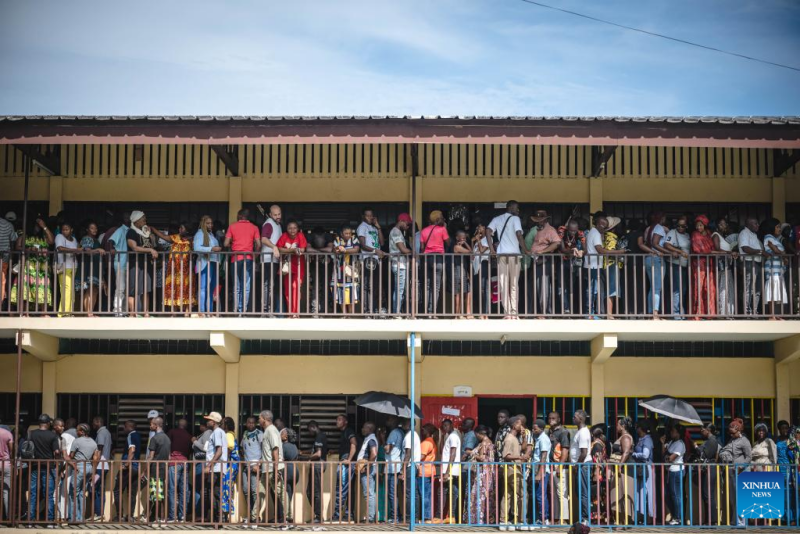Maruti Suzuki, India’s largest carmaker, also witnessed exceptional momentum. On Day 1 of the reforms, it reported over 30,000 retail sales and approximately 80,000 customer enquiries. Bookings for small cars rose by nearly 50 percent, with many customers rushing to take advantage of the price cuts
The rollout of GST 2.0 has sparked immense enthusiasm across India, particularly among car buyers and auto dealers. Marking a landmark reform in the nation’s indirect tax structure, the changes—effective September 22—have brought significant price reductions on passenger and commercial vehicles, triggering a sharp uptick in sales and customer footfall across showrooms nationwide.
From Lucknow to Odisha’s Malkangiri, buyers are celebrating substantial savings. Shabir, a resident of Lucknow who booked a Hyundai Creta, said the revised GST rates saved him nearly ₹70,000–₹80,000. Similarly, Ram Singh, another buyer, reported saving ₹70,000 on a Hyundai i10. “Companies are now passing on the full GST benefit to customers,” he noted.
Dealerships echoed these sentiments. Asim, Assistant GM at a Hyundai outlet in Lucknow, highlighted the boost in first-time buyers and described the response as overwhelmingly positive. “With GST benefits fully passed on, prices have come down significantly,” he said.
The reforms coincide with the start of Navratri, traditionally an auspicious time for new purchases, amplifying their impact. According to Tarun Garg, COO of Hyundai Motor India Limited (HMIL), the company recorded nearly 11,000 dealer billings in a single day—its best performance in five years. “As one of the first to pass on the GST benefits, we are thrilled to bring added joy to our customers this festive season,” he said.
Maruti Suzuki, India’s largest carmaker, also witnessed exceptional momentum. On Day 1 of the reforms, it reported over 30,000 retail sales and approximately 80,000 customer enquiries. Bookings for small cars rose by nearly 50 percent, with many customers rushing to take advantage of the price cuts.
The Federation of Automobile Dealers Associations (FADA) confirmed a massive rise in footfalls at dealerships across India. “The reforms are a timely boost for both customers and dealers. We are seeing record enquiries and bookings,” FADA stated.
The GST changes have slashed tax rates across key vehicle segments. Petrol vehicles up to 1,200cc and diesel vehicles up to 1,500cc—both under four meters—now attract just 18% GST. Previously taxed at 50%, larger vehicles will now incur a lower rate of 40%. Two-wheelers up to 350cc also benefit from a reduced GST of 18%, down from 28%.
The government views this as more than just a consumer benefit—it’s a growth catalyst for the entire automotive ecosystem. Lower prices are expected to stimulate demand across cars, bikes, buses, and even tractors, boosting manufacturing, sales, financing, and maintenance activities.
The impact is already being felt beyond showrooms. According to the government, ancillary industries—like tyres, batteries, glass, steel, plastics, and electronics—are poised for a major boost. MSMEs supplying key components such as engines, hydraulic pumps, and gearboxes will see increased orders and capacity utilisation. Informal sector workers like drivers, mechanics, and garage owners will also benefit from heightened vehicle activity.
The government also highlighted the credit-driven nature of India’s automobile market. Reduced prices and EMIs are expected to support retail loan growth, improve asset quality for banks, and promote financial inclusion, especially in semi-urban and rural areas.
In rural India, the GST cut on tractors (below 1800cc) and related components—now taxed at just 5%—will encourage agricultural mechanisation. This, in turn, is likely to enhance productivity in crops like wheat and paddy while strengthening India’s global standing as a major tractor exporter.
In the logistics sector, where trucks carry nearly 70% of India’s goods traffic, reduced GST rates are expected to lower capital costs for truck owners. This would result in cheaper freight rates for agricultural produce, cement, steel, FMCG goods, and e-commerce shipments, potentially reducing inflationary pressures.
The removal of the additional cess on vehicles has further simplified taxation and enhanced affordability. While larger vehicles still attract 40% GST, the absence of cess means the effective tax burden has come down, particularly benefiting aspirational buyers. Moreover, the change enables manufacturers and dealers to avail full Input Tax Credit (ITC), which was previously restricted due to the non-creditable nature of the cess.
Industry analysts say the simplified and predictable tax structure will also encourage fresh investment in manufacturing and drive momentum for the government’s Make in India campaign. It aligns closely with initiatives like PM Gati Shakti and the National Logistics Policy, both of which aim to optimise India’s infrastructure and supply chain systems.
With the festive season underway, India’s auto sector appears to have entered a new gear. From first-time buyers to component suppliers, the benefits of GST 2.0 are cascading through the economy. It’s not just a policy shift—it’s a broad-based economic stimulus with ripple effects across employment, industrial output, and household mobility.
In the words of PM Modi, GST 2.0 is “a reform dedicated to the people of India,” and by all accounts, it has already delivered its first festive gift.


